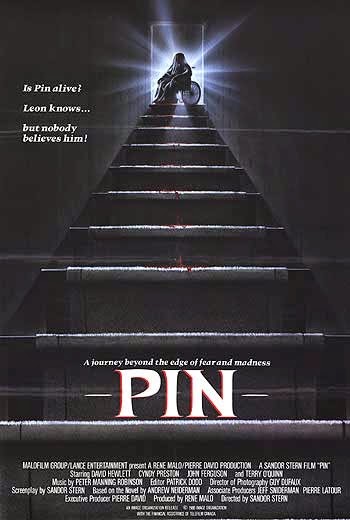
The dvd will eventually become obsolete. I am not going to argue against this eventual obsolescence or try to say that dvd’s should remain with us forever. Any form of physical media will, at some point, become obsolete, especially as technology rapidly improves upon itself. As we have reached the ability to stream movies and tv shows onto our televisions and computers, the dvd will, in likely 5-10 years, disappear. These facts are inevitable and represent the exciting progress of current technology. One problem exists, however. The disappearance of the audio commentary track will likely result. Let’s just get this clear first—I know there are lots of people who do not give a rat’s ass about listening to “some guy just talkin’ about stuff.” Well, I do. I don’t just give a rat’s ass, but I also give a monkey’s ass about them. Over 75 percent of the time, the information on these commentary tracks is outstanding. It is like getting two movies for the price of one. Sometimes a dvd has two commentary tracks. These audio tracks, usually from any combination of the director, writer, actor in the film provide a wealth of great information about the making of any given film. Fellow movie dorks will know what I am talking about and, perhaps enjoy listening to these tracks as much as I do. Unless these commentary tracks are offered as some sort of audio option through the streaming services, these tracks and the desire for film studios to produce such tracks will disappear. If this happens, they will be missed. It is not too grand a statement to say that commentary tracks provide a wonderful history lesson to the serious and to the casual film lover. The many great audio commentary tracks in existence range from Francis Ford Coppola (The Godfather Parts 1, 2, and 3, The Conversation, Apocalypse Now), Martin Scorsese (Last Temptation of Christ, Alice Doesn’t Live Here Anymore), Werner Herzog (Stroszek, the Enigma of Kasper Hauser, Fitzcarraldo, Grizzly Man), George Lucas (Star Wars) to directors, screenwriters, and actors from such niche films as C.H.U.D., Beyond the Door, Stunt Rock, Mother’s Day, Rituals, and even Malcolm McDowell and Helen Mirren discussing “Caligula” in two separate commentary tracks for that film. One of the best commentaries in existence is Roger Ebert’s very interesting track for “Citizen Kane.” Some of the dvds I own, I purchased simply because I thought the commentary track would be interesting. In most cases, I have been correct.
I fear that there will not be enough consumers in our population who notice that the commentary track option is not part of the streaming of a particular film on any of the online streaming services. Part of the appeal of first the laser disc in the early 1990’s and then the dvd in the late 1990’s was the fact that these discs allowed lots and lots of extra stuff to be included on that form of media. Gene Siskel and Roger Ebert extol the virtue of the laser disc on this 1989 Holiday Gift Guide episode of their show in this interesting clip: www.youtube.com/watch?v=SpQim1MiO9c. So now that we are progressing from any form of physical media at all to video being streamed through our video game console, tv, or smart phone (and again, I am not proposing an argument that this progression is bad—not at all), I simply am stating and hoping that, along with the large amount and variety of films and tv shows that are being made available to stream, I hope that, in time, the already existing, and perhaps some newly recorded audio commentary tracks, are available as well. The asses of both the rat and the monkey, for which I care so greatly, will be pleased.




















































































